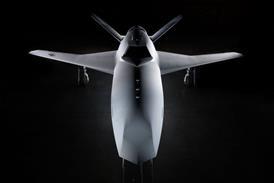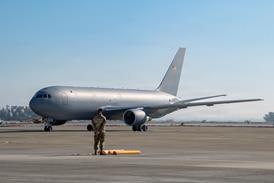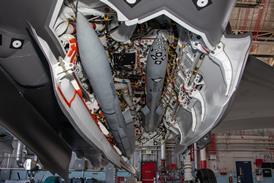India has conducted a maiden flight for a so-called “stratospheric airship platform” with the aim of collecting data to inform future sorties.
The 3 May, 62min flight saw the lighter-than-air vehicle climb to an altitude of 55,700ft over the central Madhya Pradesh province, according to India’s defence ministry.
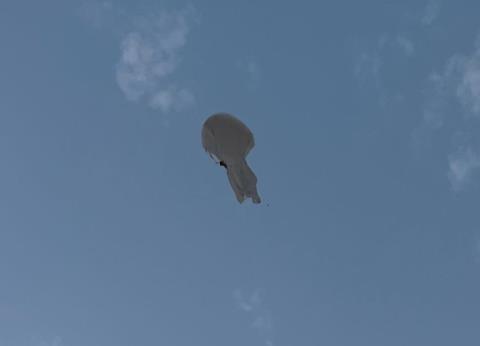
The platform was developed by the country’s Defence Research Development Organisation. During the flight it carried an array of sensors, and data collected will help inform high-fidelity simulations for future airship flights.
Although the defence ministry describes the vehicle as an “airship,” suggesting the presence of engines and steering, the images it provided suggest that the vehicle is a balloon.
Indian defence minister Rajnath Singh lauded the flight, stating that it sets the stage for India to obtain persistent earth observation and intelligence, surveillance and reconnaissance capabilities.
High-altitude airships (HAAs) offer a range of benefits such as persistent surveillance and wide-area coverage. They can be equipped with electro-optical/infrared sensors and radars, as well as with communications relay gear.
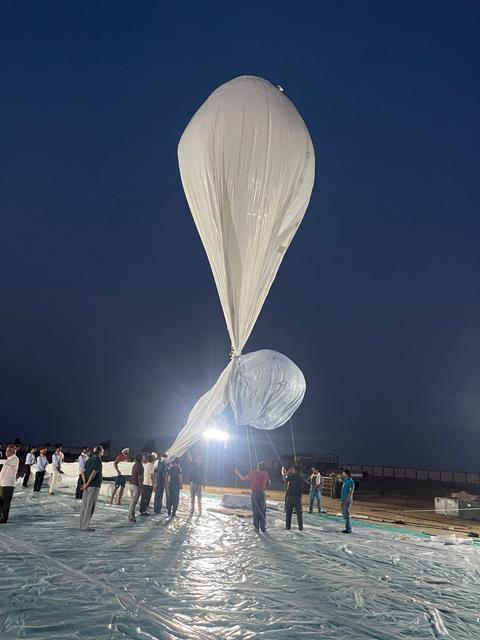
They are also cheaper than satellites and more flexible. Moreover, they can be difficult to detect, and operate at altitudes beyond the range of most air defence systems.
India’s chief geopolitical threat, China, is reported to have conducted work with HAAs.
The USA has also conducted trials with HAAs, but its only operational system is the Lockheed Martin Tethered Aerostat Radar System, or TARS, which serves in the parapublic border surveillance mission.




